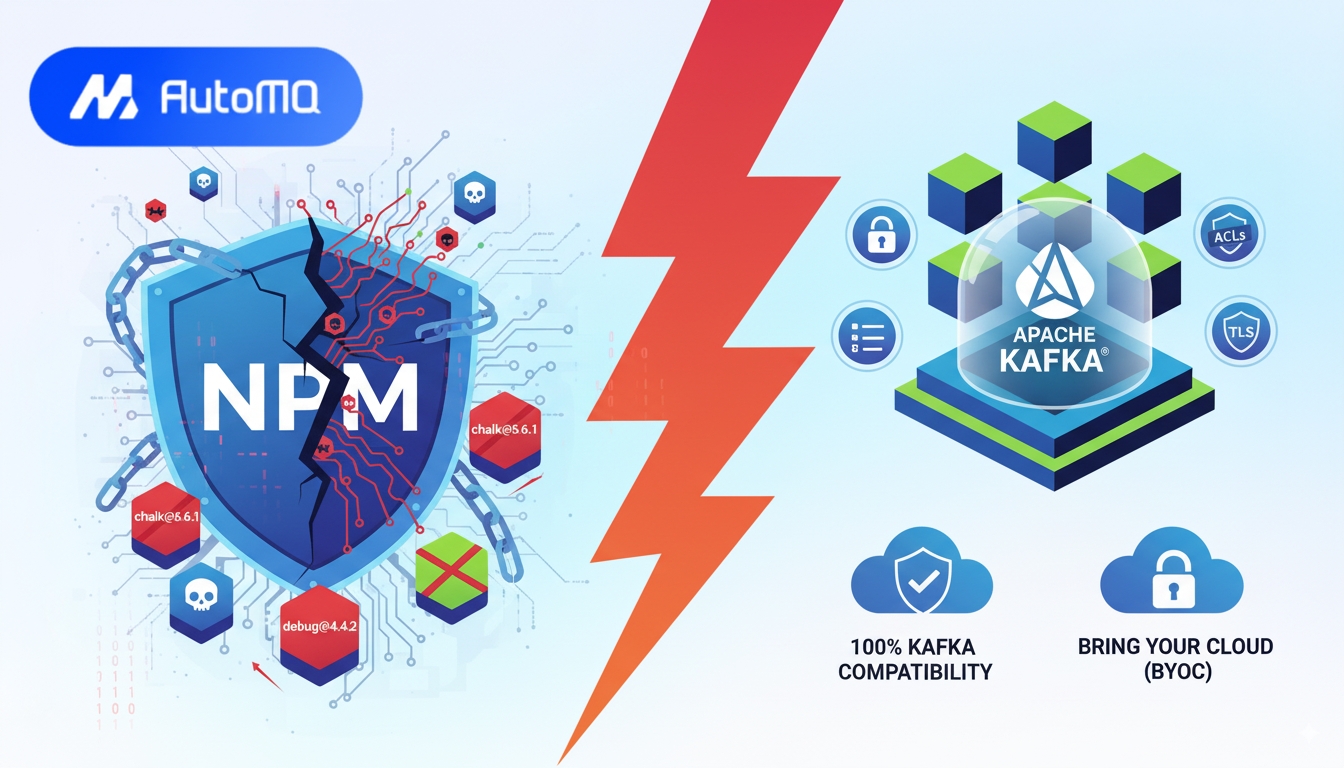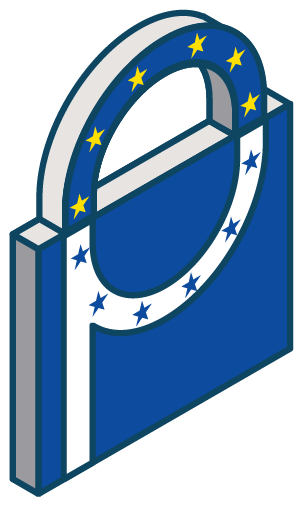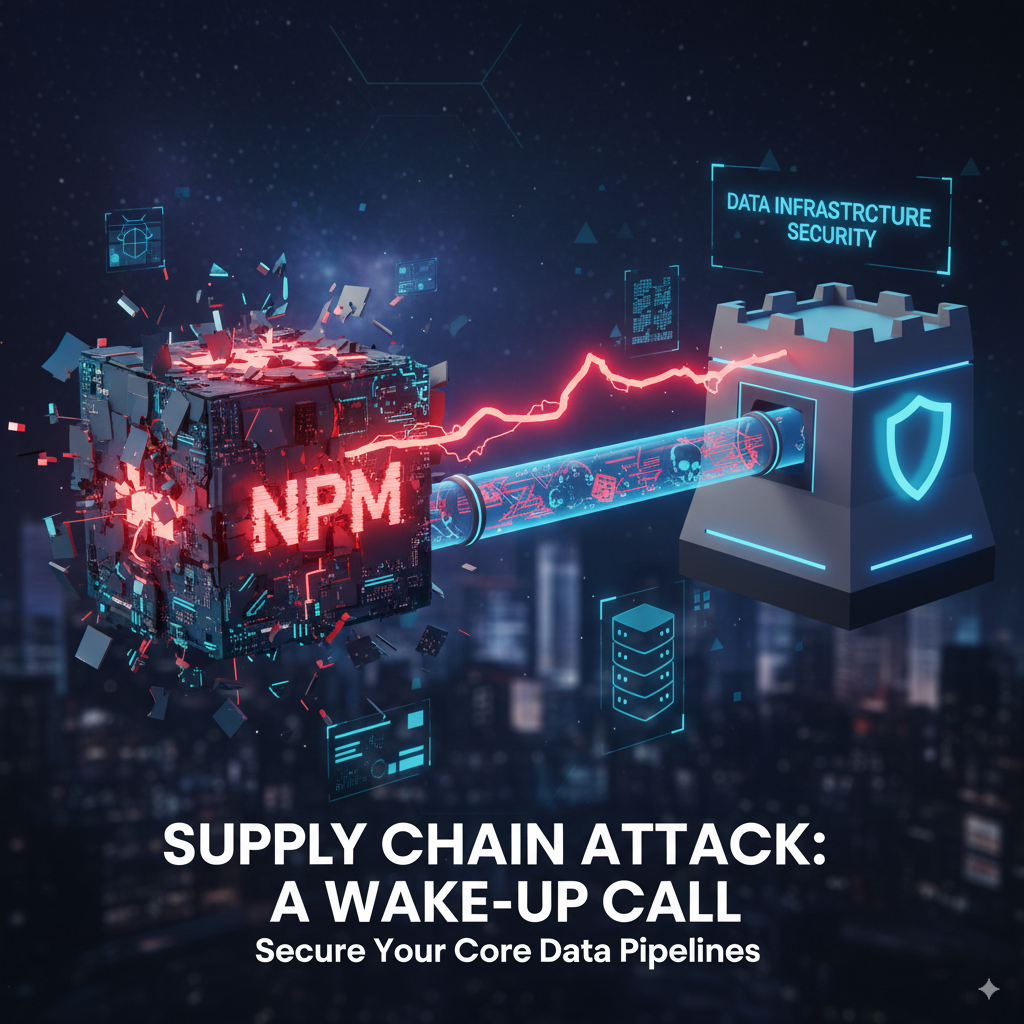
In the first week of September 2025, a security incident sent a palpable shockwave through the global developer community. What began as a single, targeted phishing email escalated into a full-blown supply chain attack, compromising 18 popular npm packages, including foundational tools like chalk and debug that are dependencies in countless projects.
The attack unfolded with textbook precision. It started when a prolific package maintainer received a highly convincing phishing email impersonating npm's official support team. The email lured the maintainer to a fake login page, where they were tricked into "resetting" their two-factor authentication (2FA) credentials. With this critical access, the attacker swiftly injected a malicious payload—a crypto-stealer designed to hijack browser-based cryptocurrency transactions—into new versions of the 18 packages and published them to the public registry.
The scale of the potential fallout was immense. The compromised packages collectively account for over 2.6 billion weekly downloads, exposing a vast portion of the web development ecosystem to the threat. While the security community's rapid detection helped mitigate the damage, the event serves as a stark and unavoidable lesson. It is far more than a cautionary tale for front-end developers; it's a critical wake-up call for everyone responsible for building and maintaining software systems, forcing us to ask a difficult question: if our application dependencies are this vulnerable, what about the core infrastructure that transports our most sensitive data?
The Ripple Effect: From Application Code to Data Infrastructure
This incident forces us to zoom out from the application layer to the entire data lifecycle. If the applications that process our data are vulnerable through their dependencies, what about the critical infrastructure that transports it? Data pipelines, powered by platforms like Apache Kafka, are the central nervous system of modern enterprises, carrying everything from user activity and financial transactions to sensitive personal information.
A single point of failure here, much like in the npm ecosystem, can lead to systemic compromise. This isn’t a theoretical risk. The same principles of supply chain security apply. The connectors, clients, and libraries you use to interact with your data platform are all potential vectors. This is why securing the data pipeline itself is not just an option—it's a necessity.
Fortifying the Core: Apache Kafka's Security Foundation
Fortunately, Apache Kafka was designed with security as a core tenet. It provides a powerful, multi-layered framework to protect data in motion. For any organization running Kafka, these features are the non-negotiable foundation of a secure data pipeline:
Authentication: Verifying Identity. Kafka doesn’t just let anyone connect. It uses robust mechanisms like SSL/TLS for encrypted connections and SASL (Simple Authentication and Security Layer) for pluggable authentication with systems like Kerberos and OAuth. This ensures that every client, broker, and tool connecting to your cluster is who they say they are.
Authorization: Enforcing Permissions. Once a user is authenticated, Kafka’s Access Control Lists (ACLs) provide granular control over what they can do. You can define precisely which users can read from, write to, or create specific topics, manage consumer groups, or perform administrative actions. This enforces the principle of least privilege, a cornerstone of good security.
Encryption: Protecting Data Everywhere. Kafka provides encryption for data in transit between clients and brokers via SSL/TLS, preventing eavesdropping on your network. For data at rest, you can implement encryption at the disk or filesystem level, ensuring that even if physical storage is compromised, your data remains protected.
Audit Logs: Maintaining Visibility. Kafka can be configured to produce audit logs that create a detailed, unchangeable record of all requests made to the cluster. This is crucial for security audits, forensic analysis after a potential incident, and ensuring compliance with regulations.
Elevating Kafka Security in the Cloud with AutoMQ
While Kafka provides a powerful security toolkit, implementing and managing it effectively in a cloud environment introduces new complexities. This is where AutoMQ builds upon Kafka's strong foundation to offer a more inherently secure architecture for the cloud.
The cornerstone of our security philosophy is our Bring Your Own Cloud (BYOC) architecture.
Unlike traditional managed services where data might pass through a vendor's infrastructure, AutoMQ deploys both the data plane and the control plane entirely within your own Virtual Private Cloud (VPC) . Your compute instances, your object storage, and most importantly, your data, never leave the secure perimeter of your own cloud account.
This isn't just a deployment choice; it's a fundamental security posture with profound benefits:
Ultimate Data Privacy and Residency: Since your data never leaves your VPC, you have absolute certainty about where it resides, making it easier to comply with data residency regulations like GDPR and CCPA.
Simplified Security Governance: You can apply your existing network security policies, security groups, and IAM roles directly to the Kafka infrastructure. There is no need to manage complex VPC peering or bridge two separate security models.
No "Man-in-the-Middle" Risk: With the control plane also running in your VPC, you eliminate the risk associated with external management systems having access to your cluster.
Crucially, adopting a more secure architecture shouldn't require you to abandon your existing security practices. Because AutoMQ is 100% protocol-compatible with Apache Kafka , every security feature you use today—from SASL/Kerberos authentication and TLS encryption to fine-grained ACLs—works seamlessly. You can integrate AutoMQ directly with your existing Kafka data security infrastructure, leveraging years of investment and expertise without friction.
Conclusion: Security as an Architectural Choice
The npm breach was more than a security incident; it was a lesson in modern digital trust. It proved that security cannot be an afterthought bolted on at the end. It must be a foundational, architectural decision.
As technology professionals, we must be vigilant about the entire supply chain—from the smallest open-source package in our applications to the core platform that powers our data infrastructure. By building on battle-tested foundations like Apache Kafka and embracing cloud-native architectures like AutoMQ's BYOC model, we can move from a reactive security posture to a proactive one, building systems that are resilient and secure by design.
References
[1]Massive npm hack poisons 18 packages with billions of downloads
[2] npm Packages With 2 Billion Weekly Downloads Hacked in Major Attack
[3] NPM Supply Chain Attack Impacts Packages with 2 Billion Weekly Downloads
[4] Massive npm hack poisons 18 packages with billions of downloads
[5] Software Supply Chain Security: Must-Read Strategies for 2025 and Beyond
[6] 8 Essential Kafka Security Best Practices
[7] An Introduction to Apache Kafka Security: Securing Real-Time Data Streams





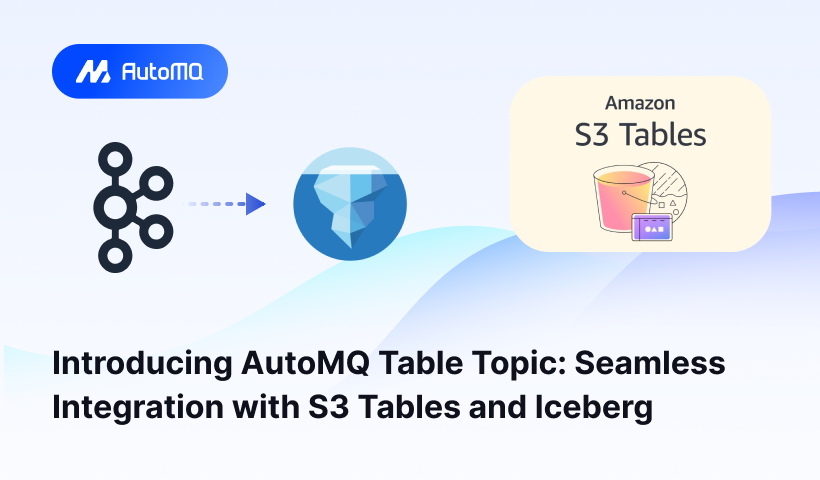
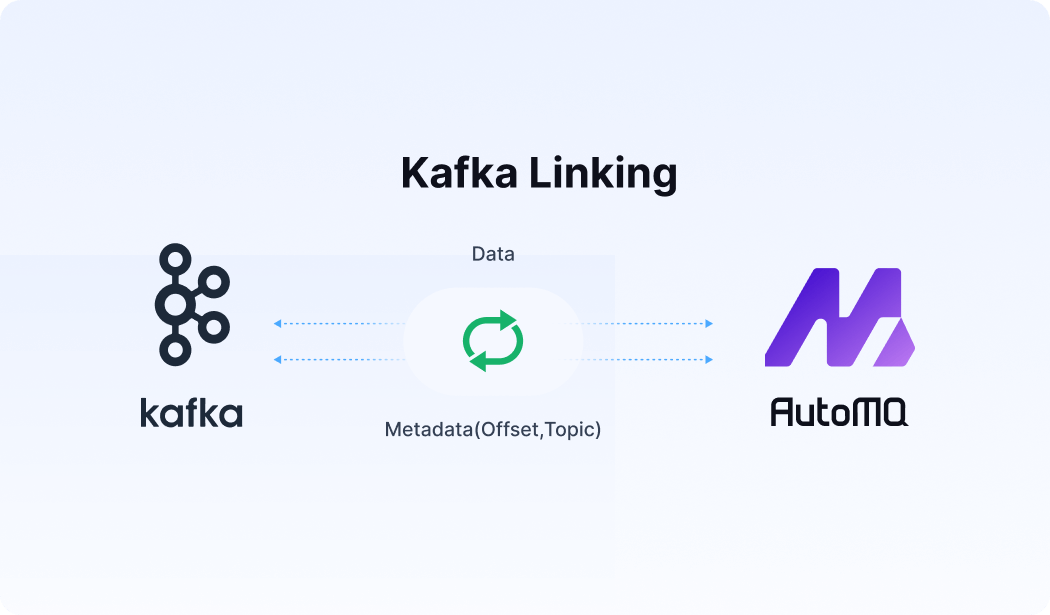





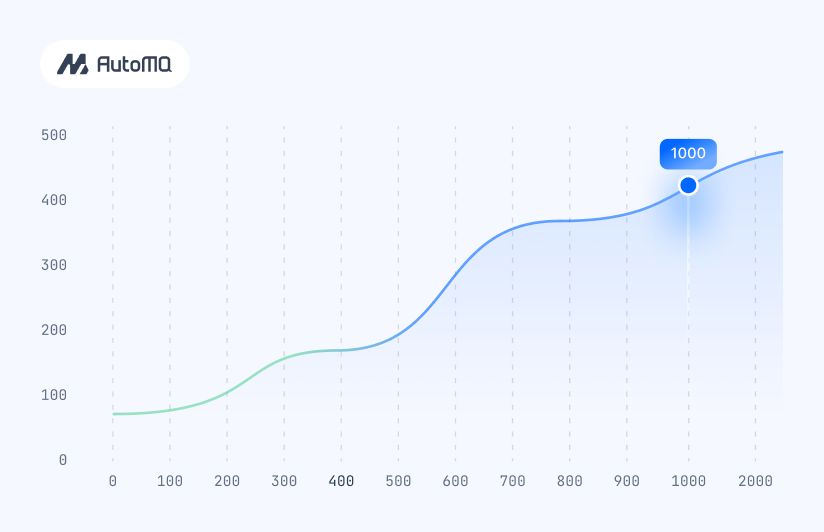


.png)
